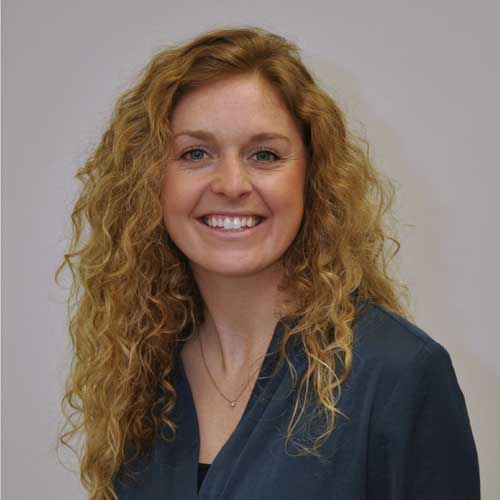 Nearly 29 million Americans will have an eating disorder in their lifetime according to The National Association of Anorexia Nervosa and Associated Disorders, (ANAD). Even more troubling, at least 10,000 people die each year as a direct result of an eating disorder.
Nearly 29 million Americans will have an eating disorder in their lifetime according to The National Association of Anorexia Nervosa and Associated Disorders, (ANAD). Even more troubling, at least 10,000 people die each year as a direct result of an eating disorder.
For those who seek treatment, people like Lindsey Pettit, MS, RD, LD, registered dietitian at Rogers Behavioral Health in Minneapolis, provide the help patients need. “I value building relationships. That’s probably the most rewarding part of my job,” Pettit says. “I work with patients from the time they begin treatment and continue with them through their recovery. I’m grateful they trust me to help them, and it’s gratifying to watch patients get better.”
Pettit is one of 39 Rogers dietitians. She highlights the important role they play on the patient’s multidisciplinary team.
1. Perform nutrition assessments
We meet with patients, assess their nutritional needs, and gather information to create an individualized meal guide. We don’t tell them the specific foods they should eat. It’s more about helping them build a healthy meal plan by educating them about the importance of including protein, grain, fruits, and vegetables. They need healthy structure, and the meal guide helps patients normalize eating.
2. Meet weekly with patients
We have weekly one-on-one meetings with patients to review their nutritional intake and talk with them about how their meal guide is going. Are they struggling with a specific meal or food? Are they taking in enough calories to meet their weight goals? We provide the extra support some patients need.
3. Lead nutrition groups
During nutrition groups, we teach patients about food and the importance of eating healthy, but we try to do that in fun ways like playing bingo, cooking activities, and watching TED talks. The group is a safe place to ask questions and explore foods some patients may have a fear of.
4. Join patients for meals
For adults getting treatment through Rogers Connect Care, we meet with them virtually for either lunch or dinner. We try to make that lighthearted and a time for casual conversation to ease anxiety around mealtime. Rogers Connect Care’s virtual platform gives dietitians the opportunity to see how patients are doing while they’re eating a meal. In Minneapolis, our child and adolescent patients are all on site, so I check in with them to see what they’re eating, help them prepare food if needed, look at their meal guide and make sure they’re on track, and offer suggestions where needed.
5. Educate families
We educate families on nutrition and discuss their loved one’s meal plan so they can provide support at home.
We value the team approach at Rogers. Staff meetings include therapists, behavioral specialists, psychiatrists, and nurses. We discuss what’s working, or maybe not working, with patients. We share notes, discuss ideas, and problem solve to help patients rise above their eating disorder and develop a healthy lifelong relationship with food.
Find help at Rogers
If you or a loved one is struggling with an eating disorder, Rogers offers compassionate, evidence-based care nationwide. Call 800-767-4411 or request a free, confidential screening online.
If you do not feel you or your loved one needs treatment right away, but may be concerned, we offer online quizzes to possibly provide some relief. While these quizzes do not provide a diagnosis, it could be the first step in finding the treatment you may need. Take our online Eating Disorder Quiz today.


